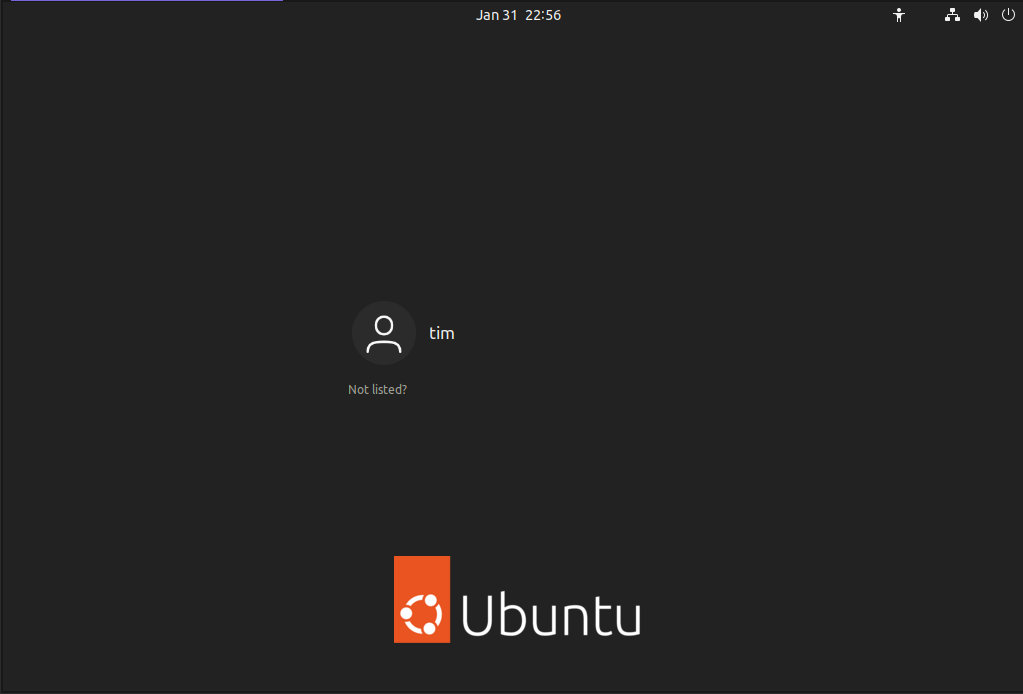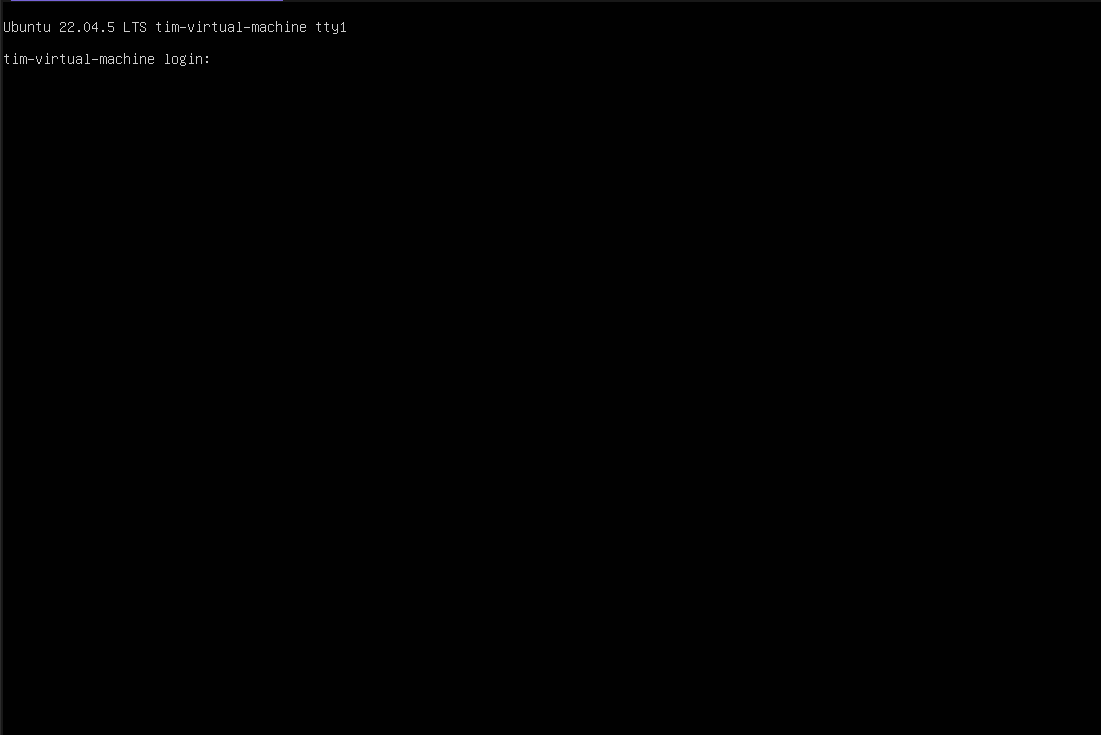Introduction
Linux machines need to boot up many processes in a specific order to start the
machine in the graphical interface. This process is managed by systemd, the
system and service manager for many Linux distributions.

What are systemd targets?
systemd determine swhich processes to start in which order by following the
directions within in systemd target files. When an Ubuntu machine boots up it
starts executing default.target systemd target file which is a symbolic link
to a specific target file then executes the instructions within it.
Checking the default systemd target
The default systemd target file for the system can be viewed by running the following command:
systemctl get-default
When I run this command on my Ubuntu machine it outputs graphical.target, which
is the systemd target file with instructions on how to load the graphical
interface.
Changing the default systemd target
It is possible to change the default systemd target using the following command,
which will create a symbolic link between the default.target file and the
systemd_target file.
sudo systemctl set-default <systemd_target>
For instance if I ran that command and used the multi-user.target system target,
I will have changed the default target of my machine to a text based interface.
When I next reboot my system I will no longer be taken to the graphical login
page, but a text based one instead.
There will be brief descriptions on the different systemd target at the end of this post.

Switching systemd targets
After rebooting my system with the multi-user.target set as my default target
I am able to revert back to using the graphical.target without restarting my
system by using the isolate command:
sudo systemctl isolate graphical.target
This will change the systemd target and load me into the graphical interface, but it will not change my default systemd target, so when I reboot I will once again be in the text based user interface.
Common systemd targets
graphical.target- Boots into the Graphical Interfacemulti-user.target- Starts the same processes and daemons as the Graphical Interface, but skips loading the graphical processes.emergency.target- Will load as few programs as possible. It can be useful for debugging. The root file system will be mounted as read only.rescue.target- A few more programs are loaded thanemergency.targetand you loaded in as the root user in the shell. It is useful for creating DB backups while not connected to a network and fixing settings.
Conclusion
Understanding systemd targets is important for managing a Linux systems. Whether troubleshooting, optimizing boot performance, or configuring a server environment, knowing how to check, change, and switch between targets will lend to greater control over a machine.